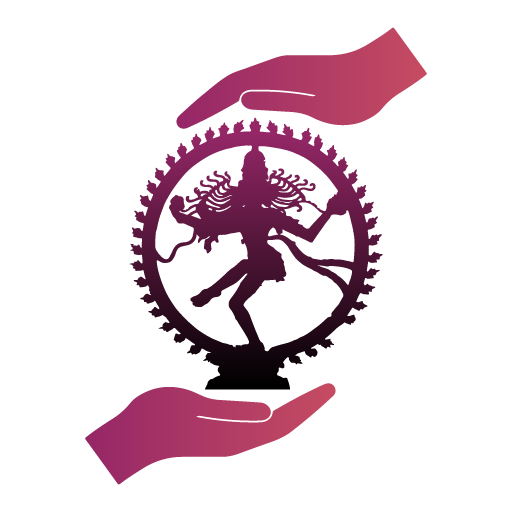Domain:Performing arts
State: Across India
Description:
The oldest musical instrument of India, the Veena, symbolizes the Indian ethos throughout the country and has sociological and cultural connotations. Saraswati, the Goddess of learning, is visualized as Veenapani, the wielder of a Veena. Veena, regarded as the precursor of all Indian string instruments, has been instrumental in standardizing many fundamental laws of music. Continuity of tradition is evident since the instruments like Sitar, Sarod, Guitar, Mandolin etc. have borrowed and imbibed various technical and physical aspects, from the Veena thereby enriching their repertoire. Veena, a generic term earlier, today denotes Rudra Veena, Tanjauri Veena, Vichitra Veena and Gottuvadyam. It has two distinct playing traditions namely Hindustani and Carnatic. Bifacial drums - Pakhawaj and Mridangam - are used in these traditions respectively. Art of crafting this instrument is equally important and duly discussed in ancient texts. Crafting is a challenging task needing experience and skill. It is manually made using natural materials. Veena has a meditative sound, which is capable of taking the performer and listener on a spiritual journey. The repertoire and technique of making and playing Veena are transmitted through oral tradition from generation to generation till today. The main communities and individuals upholding the Veena tradition in North India belong to Jaipur Beenkar School, Dagar School, Bande Ali Khan School, Abdul Aziz Khan School, Lalmani Mishra Style and also some other individual styles. In Southern Indian performing communities of Veena the Tanjaur School, Mysore School and Andhra School are prevalent. These schools have their sub-stylistic characteristics interspersed with individual aesthetic and creative expressions.
 Government of India
Government of India











































 Recognizing the ongoing need to position itself for the digital future, Indian Culture is an initiative by the Ministry of Culture. A platform that hosts data of cultural relevance from various repositories and institutions all over India.
Recognizing the ongoing need to position itself for the digital future, Indian Culture is an initiative by the Ministry of Culture. A platform that hosts data of cultural relevance from various repositories and institutions all over India.